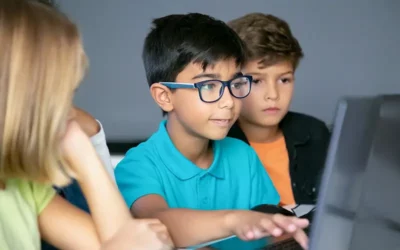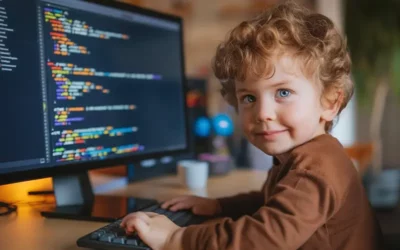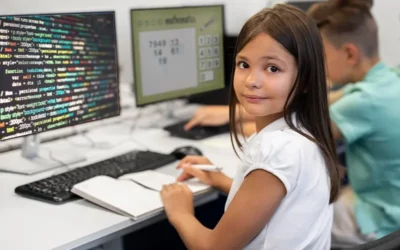Effective communication is often likened to a superpower because of its transformative impact on our lives. Think about the last time you had a conversation that left you feeling truly understood and connected with someone. That’s the power of effective communication in action. It has the ability to bridge gaps, resolve conflicts, and create deep, meaningful connections with others.
Table of contents
- Why Effective Communication Matters
- Understanding Effective Communication
- Benefits of Effective Communication
- Barriers to Effective Communication
- Steps to Enhance Communication Skills
- Technology and Communication
- Overcoming Fear and Anxiety in Communication
- Practicing Effective Communication
- Measuring Progress and Success
- Conclusion
- Frequently Asking Questions (FAQ’S)
Why Effective Communication Matters
Communication is the lifeblood of human interaction. Imagine a world where people couldn’t convey their thoughts, emotions, or ideas effectively. It would be a world of chaos and misunderstandings. Effective communication matters because it serves as the cornerstone of our interactions. Whether in personal relationships or professional settings, it is the conduit through which we express ourselves, share information, and build rapport.
Understanding Effective Communication
1.Defining Effective Communication
Effective communication is not just about speaking fluently or writing eloquently; it’s about ensuring that your message is received as intended. It encompasses the entire process of transmitting information, including encoding, transmitting, decoding, and understanding. To be truly effective, communication should result in the other person comprehending your message and, when necessary, taking the desired action.
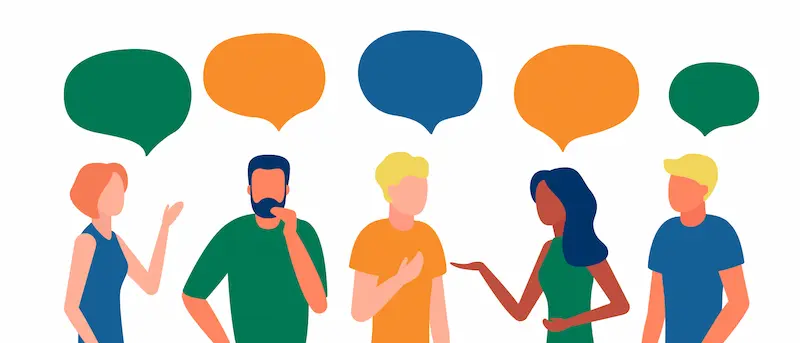
2.The Key Elements of Effective Communication
- Verbal Communication: This is the use of words to convey your message. Choosing the right words, structuring sentences clearly, and being mindful of your tone are all vital aspects of verbal communication.
- Non-Verbal Communication: Often, what’s not said carries as much weight as what is. Non-verbal cues like body language, facial expressions, and gestures can provide context and emotions to your words.
- Active Listening: Effective communication is a two-way street. Active listening involves fully engaging with the speaker, showing that you’re genuinely interested in what they have to say, and seeking to understand their perspective.
3.The Impact of Ineffective Communication
Ineffective communication can lead to confusion, misunderstandings, and conflicts. It’s like sending a message in a bottle across a turbulent sea; you might hope it reaches the intended shore, but there’s no guarantee. In personal relationships, it can lead to strained friendships or even breakups. In the professional world, it can result in costly mistakes, missed opportunities, and stalled career growth.
Benefits of Effective Communication
1.Improved Relationships
Effective communication is the cornerstone of strong relationships, be it with family, friends, or colleagues. It ensures you’re heard and understood and is your go-to tool when conflicts arise.
In your personal life, it deepens connections and resolves disputes peacefully. At work, it boosts teamwork and productivity, making everyone happier. Even in the classroom, great communicators make learning a breeze.
So, remember, effective communication isn’t just important; it’s your secret to success in every aspect of life.
2.Career Advancement
In the workplace, those who communicate effectively often rise to the top. For kids it helps to grow children’s language development, for adults the ability to express ideas clearly, collaborate with colleagues, and persuade others is highly valued. Effective communicators are more likely to secure leadership roles and career opportunities.
3.Personal Growth
As you become a better communicator, you’ll also develop self-awareness and emotional intelligence. You’ll gain insights into your own thoughts and feelings and better understand the motivations and perspectives of others. This personal growth can lead to a richer, more fulfilling life.
As a parent, to follow the best parenting style effective communication is needed for communication with teenagers to understand and help them.
Barriers to Effective Communication
1.Common Communication Challenges
Recognizing the obstacles that hinder effective communication is crucial. These challenges can include language barriers, differences in communication styles, and distractions that interrupt the flow of conversation. These days its a parenting challenge to gives the kids proper effective communication practices.
2.Identifying and Overcoming Barriers
- Cultural Differences: Cultural nuances can profoundly affect how messages are interpreted. Sensitivity to these differences and adapting your communication style accordingly is key.
- Emotional Barriers: Emotions can cloud communication, leading to misunderstandings or conflicts. Addressing emotions openly and constructively is essential for effective communication.
3.The Role of Empathy in Communication
Empathy is the ability to understand and share the feelings of others. It plays a pivotal role in overcoming barriers in communication. By putting yourself in someone else’s shoes, you can better understand their perspective, which is a cornerstone of effective communication.
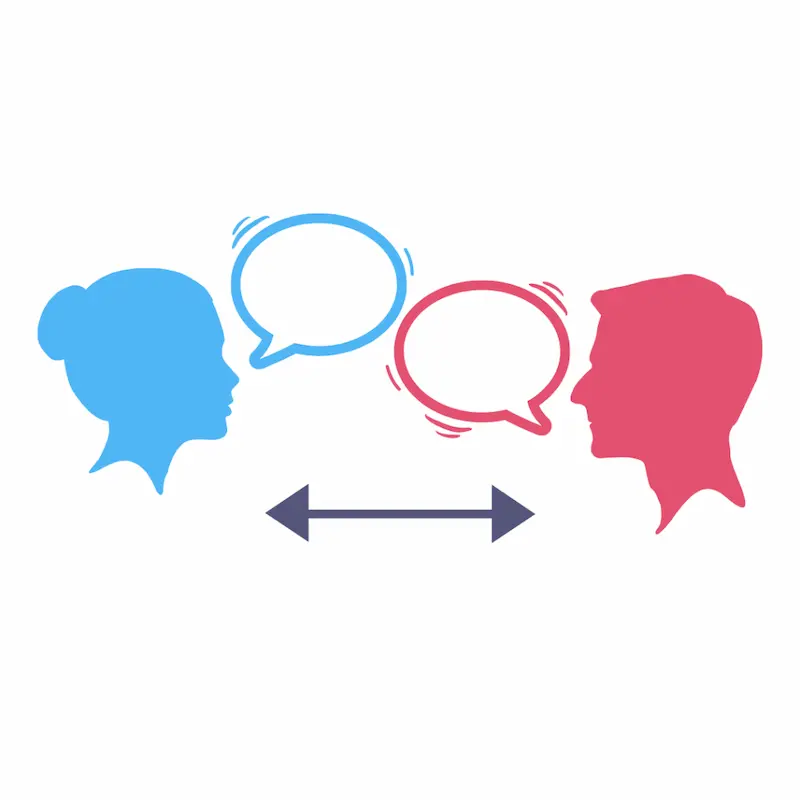
Steps to Enhance Communication Skills
1.Self-Assessment and Awareness
- Identifying Strengths and Weaknesses: Start by reflecting on your own communication style. What are you good at, and where do you struggle? Recognizing your strengths and weaknesses is the first step toward improvement.
- Setting Communication Goals: Once you’ve identified areas for improvement, set clear goals for yourself. What do you want to achieve in your communication journey? Setting goals gives you direction and motivation.
2.Improving Verbal Communication
- Clarity and Conciseness: Use simple and precise language to convey your message. Avoid jargon or unnecessary complexity, which can lead to confusion.
- Active Voice vs. Passive Voice: Active voice makes your message more direct and engaging. Instead of saying, “Mistakes were made,” say, “I made a mistake.”
- Tone and Language: Be mindful of your tone and choice of words. Adjust your tone to match the context and audience, and choose words that resonate with your listeners.
3.Mastering Non-Verbal Communication
- Body Language: Your posture, gestures, and eye contact can communicate confidence and openness. Maintain an open and receptive body language to enhance your message.
- Facial Expressions: Your face can convey a wealth of emotions. Ensure that your facial expressions align with the message you’re trying to convey.
- Gestures: Use gestures thoughtfully to emphasize key points and add emphasis to your spoken words. However, be mindful of overusing them, as excessive gesturing can be distracting.
4.Developing Active Listening Skills
- Attentive Listening: Active listening means giving your full attention to the speaker. Put away distractions, maintain eye contact, and nod or provide other cues to show that you’re engaged.
- Asking Clarifying Questions: Don’t hesitate to ask for clarification if something isn’t clear. It demonstrates your commitment to understanding the speaker’s message.
5.Practicing Empathy in Communication
Empathy involves not only listening to what’s being said but also understanding and validating the emotions behind the words. By acknowledging and empathizing with someone’s feelings, you create a stronger connection and enhance the effectiveness of your communication.
Technology and Communication
1.The Role of Technology in Modern Communication
Technology has revolutionized the way we communicate. From emails and instant messaging to video calls and social media, technology offers various channels for interaction. However, it’s essential to understand the strengths and limitations of each medium.
2.Digital Communication Etiquette
Maintaining professionalism in digital communication is crucial. Avoiding text speak, using proper grammar and punctuation, and adhering to email etiquette are essential in the digital age.
Written communication can lack the context and non-verbal cues present in face-to-face conversations. To prevent misunderstandings, use emoticons or additional context when needed, and always read your messages from the recipient’s perspective.
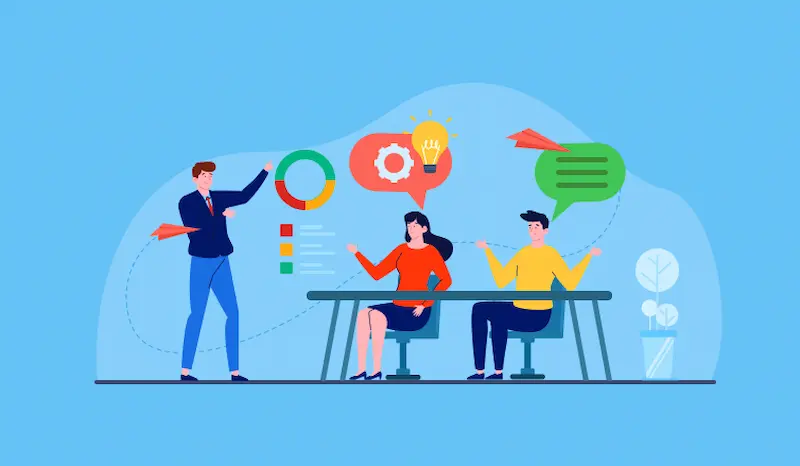
Overcoming Fear and Anxiety in Communication
The Fear of Public Speaking
Public speaking is one of the most common fears, but it can be conquered. Understanding that nervousness is natural and using techniques like deep breathing and positive visualization can help you manage anxiety.
Identifying the source of your anxiety and addressing it head-on is crucial. Practice, preparation, and seeking support from a mentor or therapist are effective strategies for managing communication anxiety.
Practicing Effective Communication
1.Role-Playing and Simulation Exercises
Simulating real-life communication scenarios through role-play is a valuable technique that allows you to practice and refine your communication skills in a safe and controlled environment. This immersive approach not only helps you become more comfortable and confident in various situations but also provides a unique opportunity to tailor your interactions to specific contexts, including those relevant to children’s education.
2.Seeking Feedback and Improvement
Don’t hesitate to seek feedback from peers, mentors, or communication coaches. Constructive criticism can provide valuable insights into areas for improvement and help you fine-tune your communication skills.
Enrolling in workshops or classes specifically focused on communication skills can provide you with structured guidance and opportunities to practice and learn from experts in the field.
Measuring Progress and Success
1.Setting Communication Milestones
To gauge your progress, establish specific milestones or goals. These can include objectives like giving a successful presentation, resolving a conflict at work, or having a difficult conversation with a loved one.
Take time to celebrate your achievements along the way. Recognizing your progress and celebrating your successes, no matter how small, can boost your motivation and reinforce your commitment to becoming an effective communicator.
Conclusion
In summary, effective communication is a multifaceted skill that encompasses verbal and non-verbal elements, active listening, and empathy. It is essential for building strong relationships, advancing in your career, and experiencing personal growth.
By applying the tips and steps outlined in this blog, you can develop and refine your communication skills. As you do, you’ll open doors to a world of opportunities, cultivate more fulfilling relationships, and experience personal growth beyond your wildest expectations. So, take that first step on your journey to effective communication today.
To get your hands on more such educational, parenting and free resources on coding, robotics, game development, etc., do check out the Brightchamps Blog Page now!
Join the revolution in education with Brightchamps. Our courses in robotics, coding, and financial literacy empower kids to become confident and capable learners.
Frequently Asking Questions (FAQ’S)
A1. Effective communication is the skill of conveying information, thoughts, ideas, or feelings clearly and efficiently to others. It involves not just speaking or writing but also active listening and understanding. Effective communication fosters mutual comprehension and can occur through verbal, non-verbal, or written means.
A2. Several barriers can impede effective communication, including:
Lack of Clarity: Unclear or vague messages.
Noise: External or internal distractions that disrupt the message.
Emotional Barriers: Strong emotions such as anger, fear, or anxiety can hinder communication.
Cultural Differences: Differences in language, customs, and norms.
Perception: Varied interpretations of messages due to personal biases and experiences.
Physical Barriers: Distance, noise, or technology issues.
A3. Improving your listening skills is a vital aspect of effective communication. To become a better listener, start by giving your undivided attention to the speaker. Avoid the temptation to formulate your response while listening, and instead, focus on understanding their message completely. Engaging in active listening means maintaining eye contact, nodding, and using verbal cues like “I see” or “Go on” to show your involvement.
A4.Effective written communication is essential in various aspects of life. To improve your written communication, start by organizing your thoughts before you begin writing. Clear and concise language should be your goal, avoiding unnecessary jargon or complex vocabulary. Structuring your content logically with well-organized paragraphs and headings can greatly enhance readability.
A5. Effectively communicating in cross-cultural situations requires a blend of cultural sensitivity and adaptability. Start by educating yourself about the communication norms, customs, and cultural nuances of the people you’re engaging with. Avoid making assumptions and stereotypes, as these can lead to misunderstandings. Keep your language simple and direct to minimize any potential language barriers.

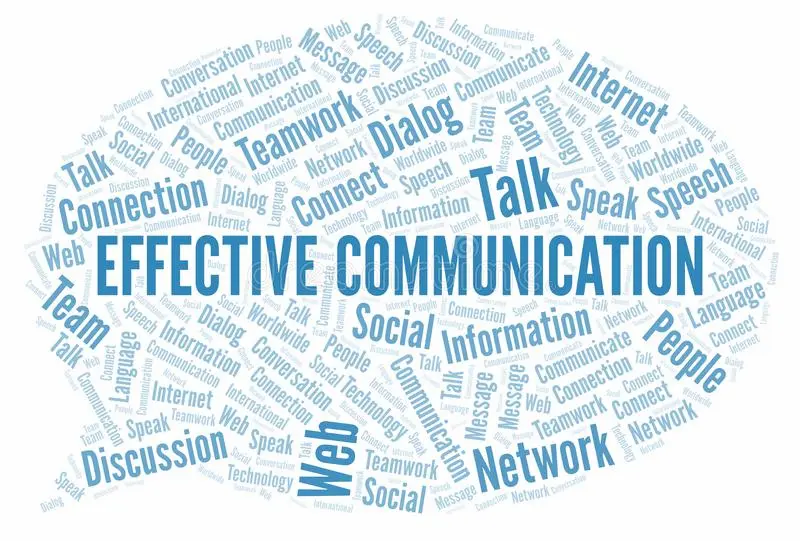
 We are an army of educators and passionate learners from BrightChamps family, committed to providing free learning resources to kids, parents & students.
We are an army of educators and passionate learners from BrightChamps family, committed to providing free learning resources to kids, parents & students.










